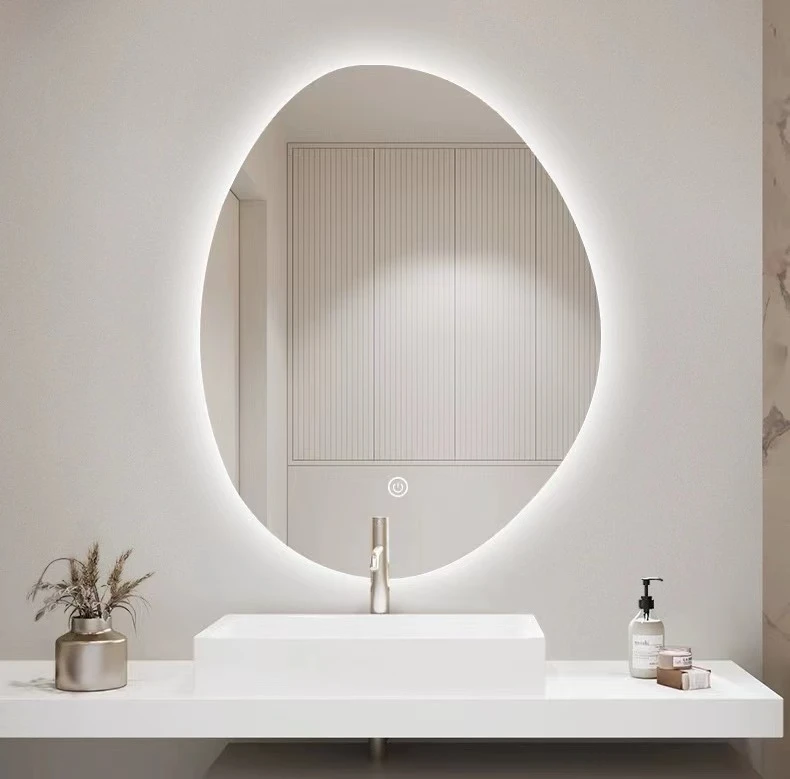

The Innovation of Float Annealed Glass A Gateway to Modern Architecture
Float annealed glass has emerged as a revolutionary material in the construction and architectural industries. This specialized glass is created using a unique manufacturing process that not only enhances its physical properties but also broadens its applications. As one of the most durable and versatile glass types available today, float annealed glass is playing a significant role in shaping contemporary architecture.
Understanding Float Annealed Glass
The term float refers to the method of production where molten glass is floated on a bed of molten tin, creating a smooth, uniform sheet. This process yields glass that is stellar in quality with minimal imperfections, ensuring remarkable clarity and flatness. Once the glass is cut into sheets, it undergoes annealing—a controlled cooling process that reduces internal stresses, making it less likely to shatter upon impact or temperature fluctuations.
The annealing process is crucial as it aligns with safety standards in construction and provides additional benefits such as resistance to thermal shock. Consequently, float annealed glass is highly sought after for various applications, from residential buildings to commercial structures and facades.
Applications of Float Annealed Glass
One of the most significant advantages of float annealed glass is its versatility. Architects and designers can utilize it in various ways, enhancing not only the aesthetic appeal of a building but also its functionality. Here are some common applications
1. Windows and Glazing Float annealed glass is widely used in windows due to its excellent optical clarity and thermal insulation properties. It allows natural light to enter while minimizing heat loss, contributing to energy-efficient designs.
2. Curtain Walls The modern trend of curtain wall systems relies heavily on float annealed glass for aesthetic façades. These glass walls create a sleek, contemporary look while allowing unobstructed views. They also contribute to the building's energy efficiency, as the glass can be treated with low-emissivity coatings to reflect solar energy.
3. Interior Partitions Float annealed glass is increasingly utilized in interior design, providing a sense of openness and continuity in spaces. Its ability to create boundaries without sacrificing light makes it ideal for office spaces where transparency and collaboration are essential.

4. Safety Glass While float annealed glass is not as strong as tempered or laminated glass, its controlled production and annealing help mitigate risks of breakage. With proper framing and installation, it can serve safety functions in low-impact scenarios, particularly in residential use.
5. Decorative Elements The aesthetic potential of float annealed glass is immense. It can be etched, painted, or treated for a range of finishes, allowing architects and designers to create stunning decorative elements that enhance the beauty of any structure.
Environmental Considerations
As sustainability becomes a significant focus in construction, float annealed glass presents an eco-friendly choice. The energy efficiency of buildings featuring this glass can lead to reduced energy consumption, lower utility bills, and a smaller carbon footprint. Moreover, the manufacturing of float glass has progressed towards using more sustainable practices, including recycling glass cullet (waste glass) in its production. This not only reduces the need for raw materials but also decreases energy consumption in the melting process.
Challenges and Future Directions
Despite its many advantages, float annealed glass also faces challenges in the construction industry. Issues related to thermal performance, such as heat gain in summer and heat loss in winter, can still occur. Continued advancements in glass technology, such as the development of insulating double-glazed systems, can address these concerns.
Looking to the future, innovations such as smart glass—which can change transparency based on heat or light—are poised to integrate with float annealed glass technologies. This integration could further elevate the functionality of buildings while maintaining the aesthetic qualities that modern architecture seeks.
Conclusion
Float annealed glass stands as a testament to the marriage of form and function in modern architecture. Its production process, applications, and environmental benefits position it as a critical material in the ongoing evolution of building design. As architects, builders, and designers push the boundaries of creativity and sustainability, float annealed glass is sure to remain a key component in the construction landscape for years to come.